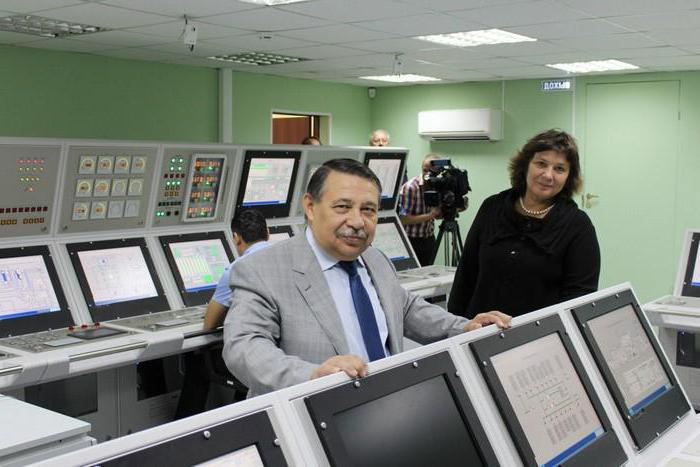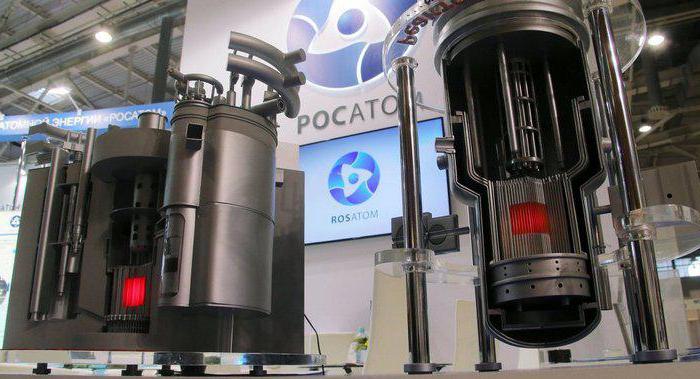Floating nuclear power plants in Russia is a project of domestic designers to create low-power mobile plants. The state corporation Rosatom, the Baltiysky Zavod, Malaya Energetika and a number of other organizations are participating in the development.
Historical reference
At the initial stages of industry development, atomic energy was considered mainly in relation to the military industry. However, over the past few decades, the advantages of mobile sources suitable for operation in remote and undeveloped areas have become increasingly apparent. To a greater extent, the change in priorities was due to the development of civilian atomic technologies, the installation of reactors on military vessels, icebreakers, and submarines.
For the first time, mobile installations began to be used by the USA. They provided energy to the Panama Canal and the American research base in Antarctica.
Relatively recently, the media asked whether the floating nuclear power plant would be installed in the Crimea. Opinions on this subject are different. However, no statements were received from the state corporation coordinating the program regarding this issue. Some experts say that a floating nuclear power plant in the Crimea is not needed. They explain their position by the fact that such plants are designed for operation in remote, inaccessible areas. The peninsula can be supplied in other ways. For example, an energy bridge is being built from the mainland.
Domestic industry
According to the federal target program "Energy Efficient Economy" 2002-2005 and in the future, until 2010, a tender was held to create a low-power PAES. In mid-May 2006, the Sevmash enterprise became the winner. The following year, 2007, the administration of the Nizhny Novgorod State University and the Federal Atomic Energy Agency agreed that the institute would serve as the base university for the training of relevant specialists. In 2008, the project coordinators announced that part of the orders for units and components would be transferred to the Baltic Shipyard. However, the Sevmash plant announced a little later that the floating nuclear power plant would be commissioned 5 months later than planned. In this regard, the order was fully transferred to the Baltic Shipyard.
Start of construction
As stated in 2010 by the deputy head of Rosenergoatom Sergey Zavyalov, the first floating nuclear power plant was created in accordance with the schedule. Installation readiness was planned for the end of 2012, and commissioning was expected in 2013. In June 2010, the first power unit was launched. This happened at the Baltic factory. But at that time, the turbogenerator and reactor were not installed. Installation work was supposed to be carried out at a floating power unit. In September 2011, a project in Pevek received a positive environmental impact assessment. Currently, it is at the stage of justification of investments. In late September - early October 2013, steam generating units weighing 220 tons, released according to the designs of OKBM named after Afrikantov, were transported to the outfitting quay from the boathouse of the sixth workshop of the Baltic Plant. There, in the presence of representatives of Rosenergoatom, they were loaded into the reactor compartments with a floating crane. In accordance with the terms of the contract, the St. Petersburg plant is supposed to hand over the PSA prepared for transportation to the place of operation on September 9, 2016. The latest news about the floating nuclear power plant indicates that it should be fully commissioned in 2018.

Key project
In a series of low-power mobile transportable plants, the core is the Akademik Lomonosov floating nuclear power plant. Its maximum power is more than 70 MW. The installation includes two KLT-40S reactors. The chief designer is JSC "Afrikantov OKBM". The same enterprise is the main manufacturer and supplier of reactor equipment. In particular, it includes pumps, fuel handling units, control and control systems, auxiliary vehicles and so on. The floating nuclear power plant Akademik Lomonosov was created on the basis of a serial installation used in icebreakers, which has been tested during long-term operation in arctic conditions.
Appointment
Project activities carried out by Rosatom enterprises and research institutes have shown the possibility of building a qualitatively new class of energy sources on the basis of already mastered ship reactors. They will be used for the production of desalinated water, electricity, domestic and industrial heat. Distribution of floating nuclear power plants with capacity from 3.5 to 70 and more MW is supposed. They are intended to provide port cities, large industrial enterprises, producing gas and oil complexes located in the offshore zone.
Specificity
Mobile nuclear power plants are autonomous facilities. They are fully created at the shipyard as a non-self-propelled vessel. Finished plants are transported by river or sea to the operation site. The customer receives the object in working condition. Floating nuclear power plants include a complex of residential premises and a full infrastructure that provides accommodation for the personnel engaged in operation, as well as maintenance of the installation. Thus, the manufacturer and supplier complete the turnkey order. Factory construction provides the maximum reduction in construction time. At the same time, the Russian floating nuclear power plant meets all international requirements for quality and safety.
Benefits
A floating nuclear power plant is best suited for operation in hard-to-reach areas along the banks of rivers or seas, remote from central supply systems. In the Russian Federation, these are primarily regions of the Far East and the Far North. In these regions there is no single energy system. It requires economically acceptable and reliable sources of supply. Currently, the need for several dozen low-power stations is very acute in these regions. Commissioning of the plants will stimulate economic activity and ensure an adequate standard of living for the population.
Security
The floating nuclear power plant meets all international environmental requirements. Fuel enrichment does not exceed the limit for compliance with the nuclear non-proliferation regime. Since operation is supposed in the coastal zone of the oceans, the issue of the stability of the installation to the effects of extreme environmental factors (tornadoes, tsunamis, etc.) is quite relevant.
Afrikantov OKMB has a set of innovative technologies, due to which the floating nuclear power plant will withstand any level of dynamic load specified in the project. The scheme of the future installation is created with a certain "margin of safety". It exceeds the maximum possible load in the area of operation. For example, the possibility of a tsunami wave hit, collision with a coastal structure or other vessel is provided. After 40 years of operation, the head unit of a floating nuclear installation will be replaced by a new one. At the same time, the old one will be returned to the technological enterprise for recycling. During operation and upon its completion, there will be no environmentally hazardous waste in the area where the floating power plant (nuclear) was installed. Repair and fuel reloading will be carried out in the conditions of existing domestic specialized enterprises. They have all the necessary equipment, as well as qualified personnel.

Nuclear expert: floating nuclear power plants. Good catch
Currently, many articles are being published on this topic. Many of them present some developments of a number of leading research and design institutes. For example, in 2015, the concept of scientists from the Massachusetts Institute of Technology was highlighted. It is believed that a floating nuclear power plant (photo of the installation can be seen in the article) is one of the most promising options for supplying settlements in which there are insufficient resources of the coastal zone. The concept of the institute combines two fairly well-known technologies. In particular, the design of a nuclear reactor and deep-sea oil platform is considered.